Nozawana is a beloved regional pickle from Nagano Prefecture that has long been a staple in the cold winters of Japan. Known for its crisp texture and rich, tangy flavor, it carries deep ties to local tradition and home-style cooking. From its unique origins in Nozawa Onsen to its role as a must-have winter food, Nozawana offers a glimpse into the heart of Shinshu’s culinary culture. If you’re curious about what makes this humble green so special, keep reading to learn more about its story, taste, and place in Japanese life.
What is Nozawana?
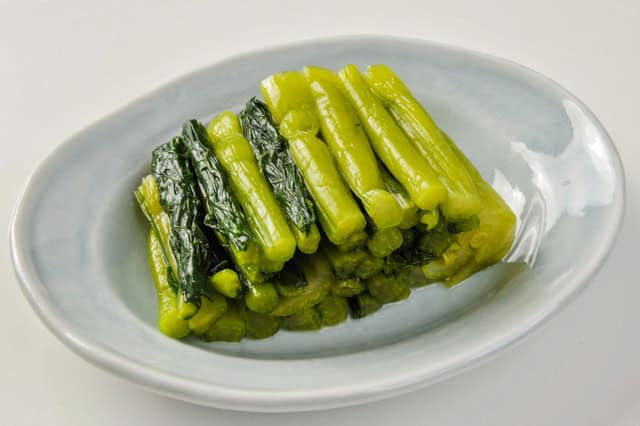
Nozawana is a type of pickled vegetable from the Brassicaceae family, originally grown in Nozawa Onsen Village in Nagano Prefecture, and known as “Shinshu-na.” It is a specialty of Nagano and is the key ingredient in “Nozawana pickles,” considered one of Japan’s three major pickles. There are two types: new pickles, which locals lightly pickled and retain a vibrant green color, and old pickles. Thus, making it darker and tortoiseshell-colored. This dish is popular for its large size, reaching about 1 meter in height, and its petioles, used for pickling. The roots are left when harvested and sprout new shoots in the spring, eaten as “Totachina.”
Nozawana History

In Nagano Prefecture, where harsh winters prevent harvesting any greens, locals prepare large quantities of pickled vegetables in late autumn, with nozawana pickles being a regional staple and one of the area’s two major pickles. Beloved as a taste of home and a symbol of Shinshu’s winter, nozawana originated in 1766 when the head priest of Nozawa Onsen Village brought Tennoji turnips from Kyoto; in the village’s cool climate, the plants adapted by producing only leaves and stems, creating a unique variety. Sown in September and harvested after the first frost in November to enhance sweetness, they carefully washed and pickled this dish in large barrels called issokuoke, with each area preserving its own traditional pickling methods.
Nozawana season and production area
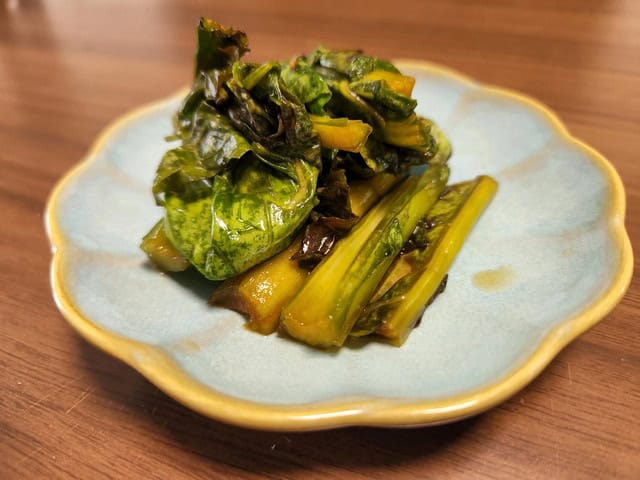
Local mainly produced Nozawana in Nagano Prefecture, where harvesting begins in late October and continues until late November. This is after the weather turns cold and becomes ready to eat within two to three weeks, reaching peak flavor around the end of the year when lactic acid fermentation gives it a rich, tortoiseshell-colored appearance and an exquisite taste.
Conclusion
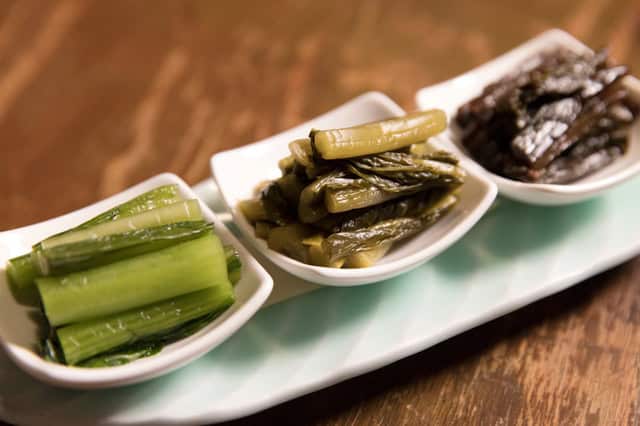
Nozawana is more than just a pickle—it’s a taste of tradition, local pride, and the winter spirit of Nagano. Whether you enjoy it with a bowl of rice or as a side to a warm meal, its crisp texture and deep flavor are sure to leave a lasting impression. If you ever find yourself in Japan, especially in the Shinshu region, don’t miss the chance to try authentic Nozawana. It’s a simple yet meaningful way to experience the flavors and culture of the Japanese countryside.
If you enjoyed learning about Nozawana, you might also want to explore other traditional Japanese pickles like takana, senmaizuke, or shibazuke—each of this dish offers its own unique flavor and regional charm.

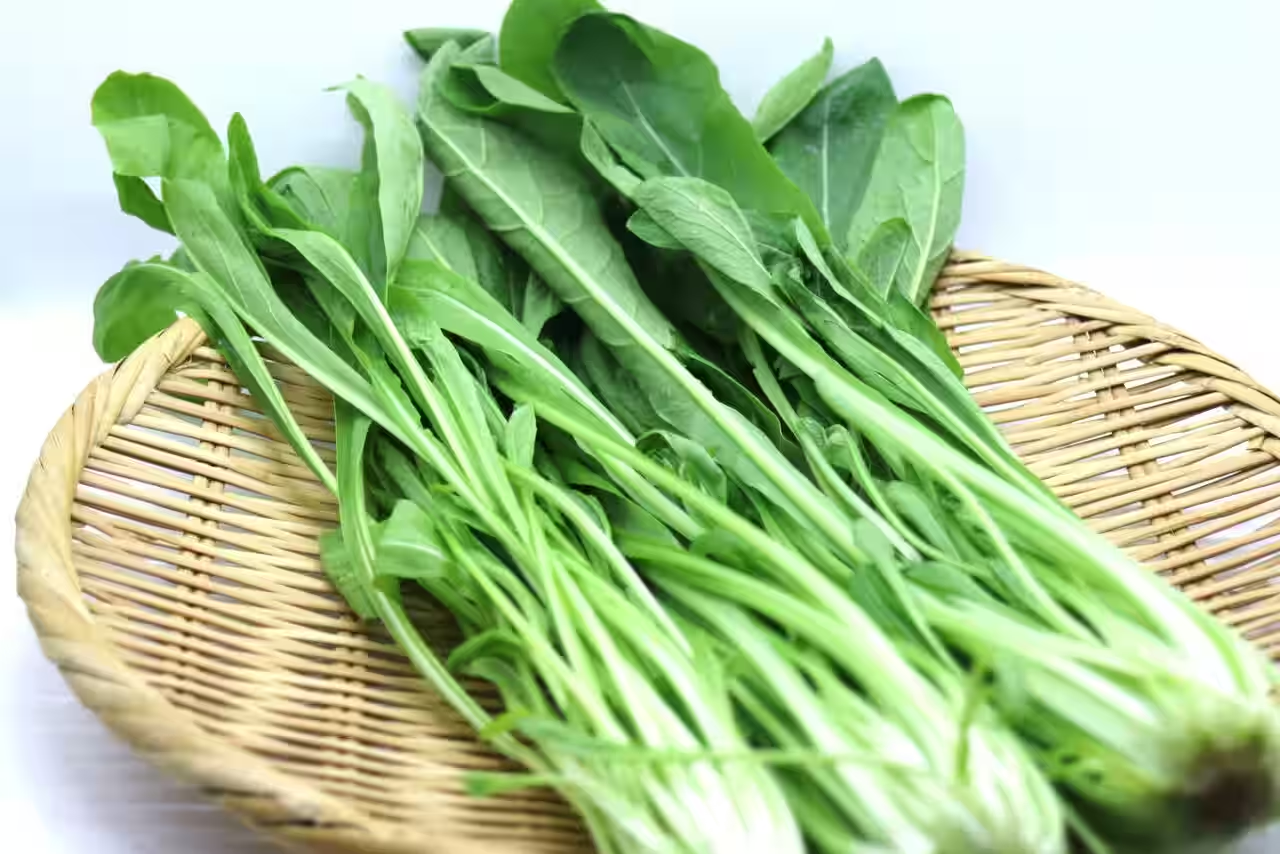
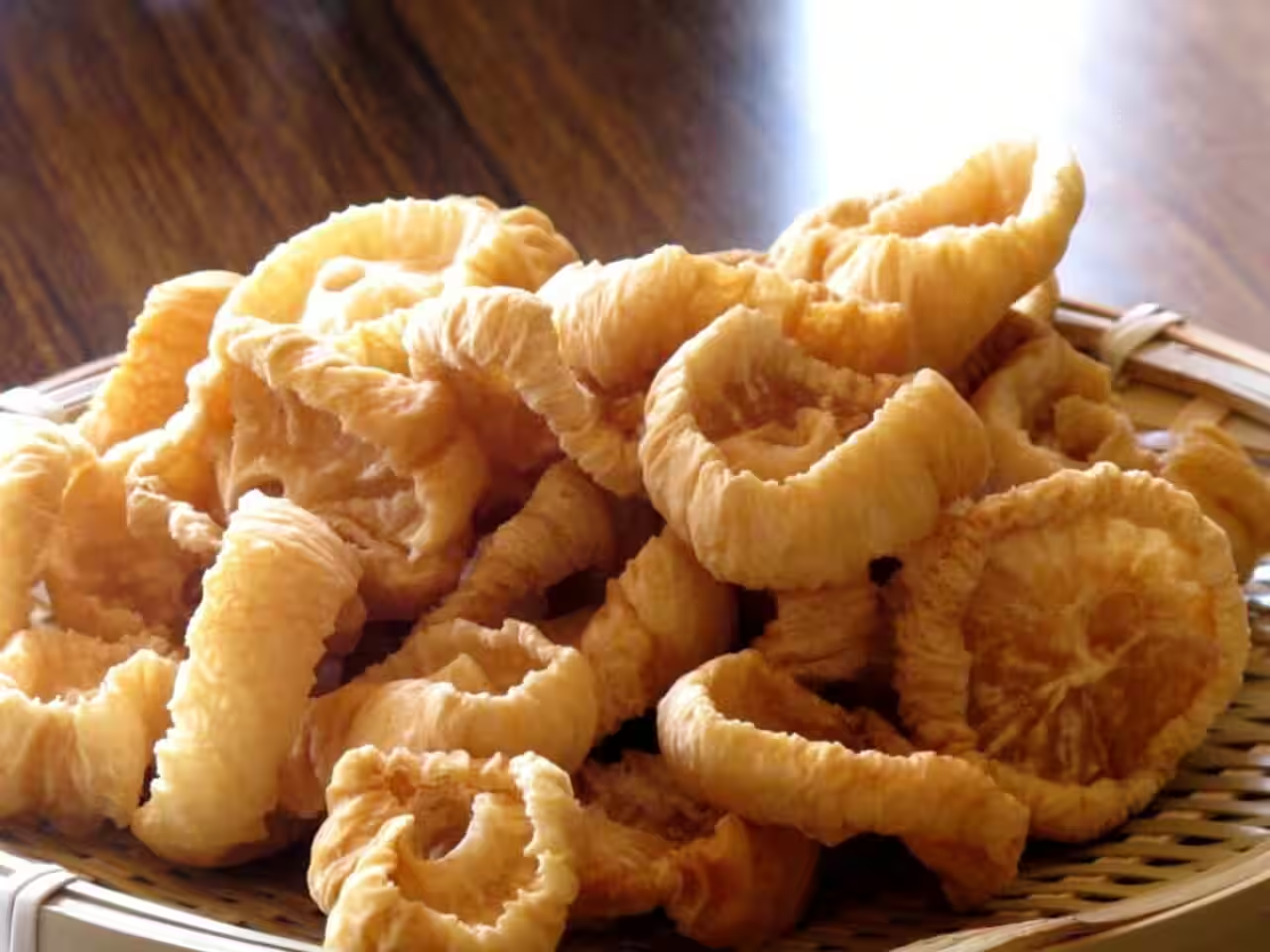
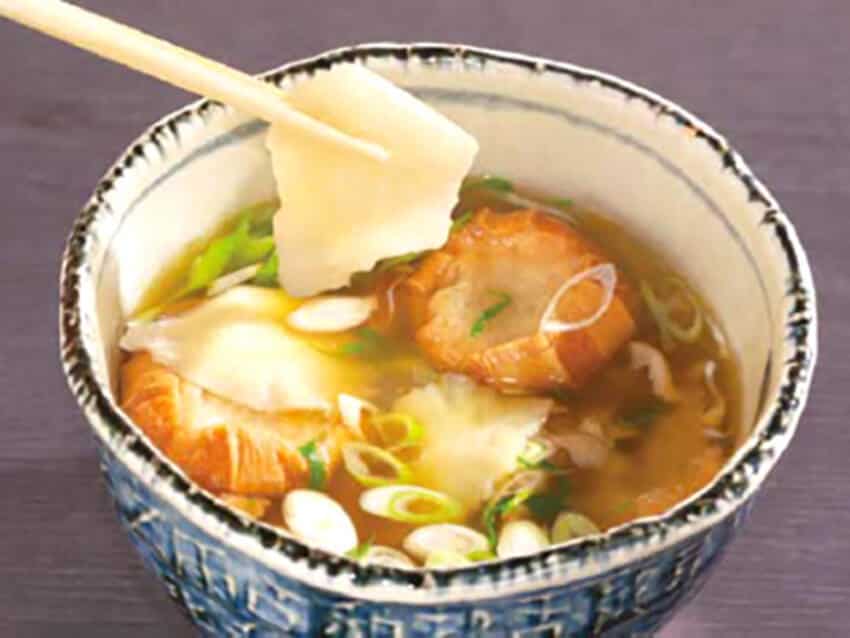


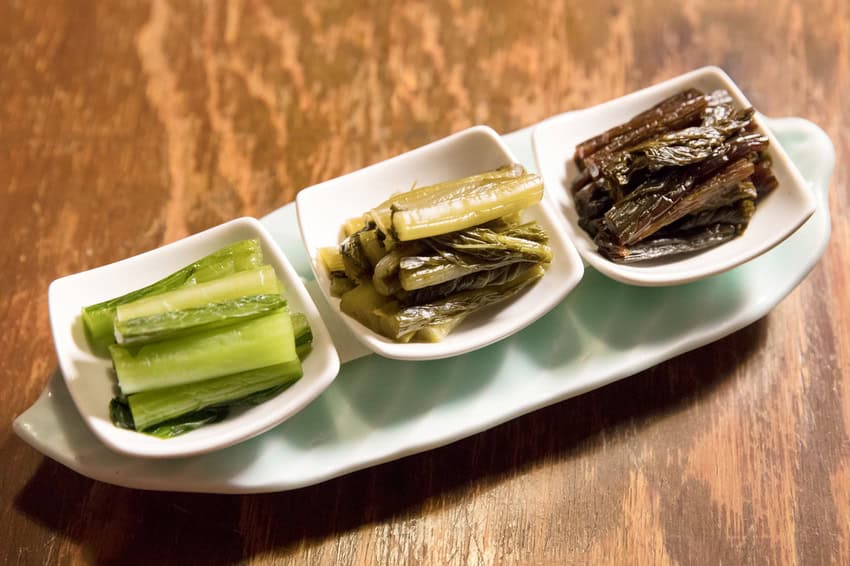
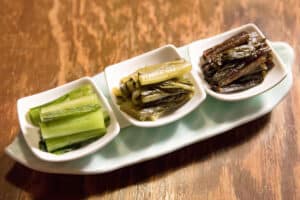
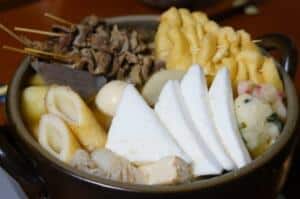
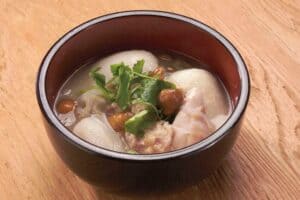
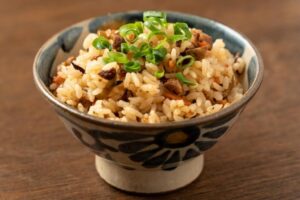
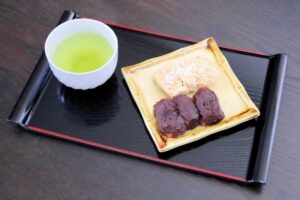
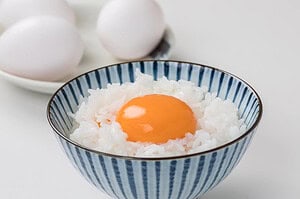


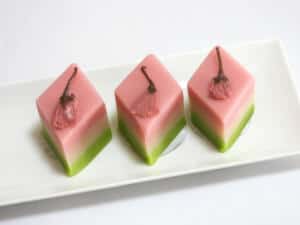
Comments